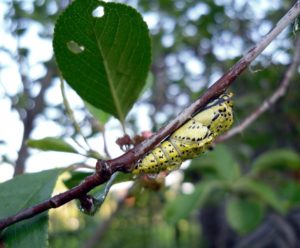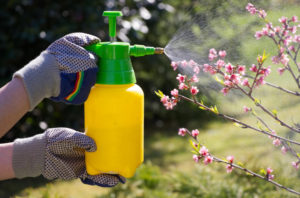
One of my friends recently said with regret: this year all the oaks were white, and they infected all the plants in the garden. But if the leaves are covered with a white coating, then the oaks are simply not to blame.
The symptoms on all plants are classic: first, separate spots of white plaque appear, consisting of mycelium with spores, gradually the plaque grows and occupies the entire leaf blade, becomes gray, and numerous black dotted fruit bodies of the wintering stage are formed in it. The leaves deform and dry out prematurely.
The causative agents of powdery mildew are fungi-obligate parasites, that is, fungi that can exist only at the expense of living tissues. Therefore, the disease always sticks to young growing organs – leaves, shoots, flower stalks with buds and berries. And if the affected leaves dry up prematurely, the shoots and peduncles deform, the berries become unfit for food, the plants completely lose their decorative effect and bloom poorly.
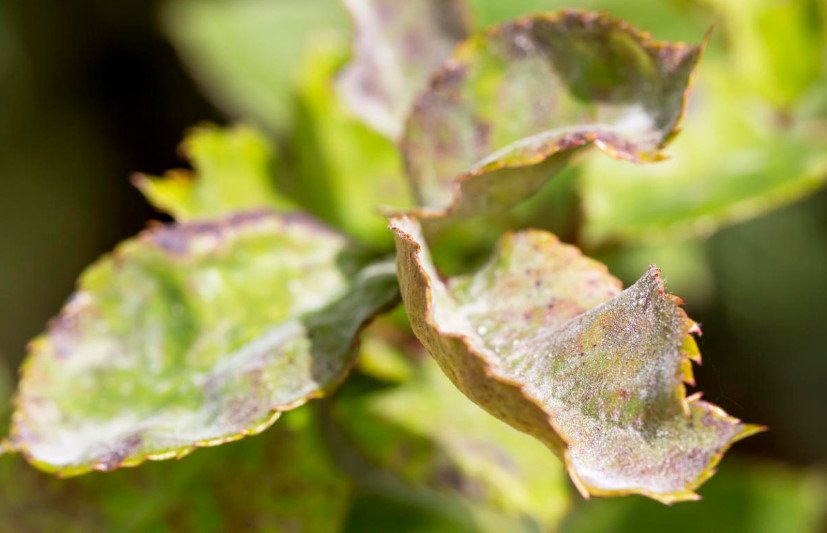
On herbaceous plants, the fungus overwinters in plant residues, on ornamental shrubs also in the bark of affected shoots. This explains the fact that powdery mildew appears immediately at the beginning of summer on growing leaves. In rainy years, powdery mildew appears in gardens especially often, and you should always be prepared for this scourge.
And yet, can oak “infect” other plants? Definitely not. Different types and forms of plants have different pathogens of powdery mildew. Often a single genus of fungus, or a form is dedicated to a specific genus of plants. Thus, the causative agent of the disease on oak is the fungus Microsphaera alphitoides; on rose – Sphaerotheca pannosa Lev. var rosae; on berberis – 2 mushrooms: Phyllactinia berberidis and Microsphaera berberidis; on delphinium – Erysiphe communis Grev.f.delphinii; on Syringa – two mushrooms: Microsphaera syringae and Phyllactinia suffulta; on phlox – Erysiphe cichoracearum DC. f. phlogis and so on.
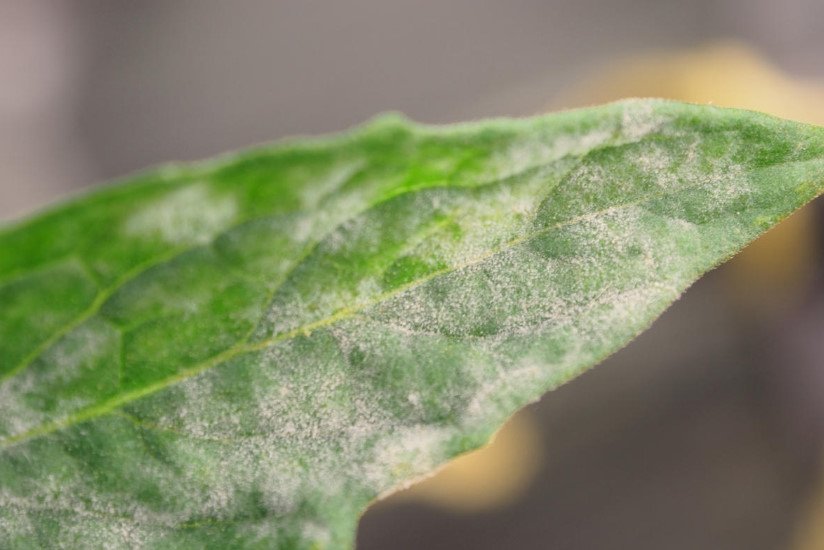
I understand that readers are more concerned not with the names of mushrooms, but with a very practical question – how to prevent the spread of powdery mildew in our gardens. I answer: first of all, it is necessary to create all conditions for the normal growth and development of plants, because the weaker the plants, the more susceptible they are to diseases. In addition, mushrooms develop especially intensively with thickened plantings and with an abundance of moisture.
As already mentioned, powdery fungi always develop on young growing tissues. Therefore, if you contribute a large amount of organic matter, you risk constantly suffering from powdery mildew, since large doses of nitrogen cause active growth of shoots and leaves. This is especially true for susceptible varieties and plant species. Nitrogen is necessary for plants at the beginning of the growing season, and during budding and flowering, potassium and phosphorus are important. Therefore, in order to prevent the nutrition of flower and ornamental crops should be balanced.
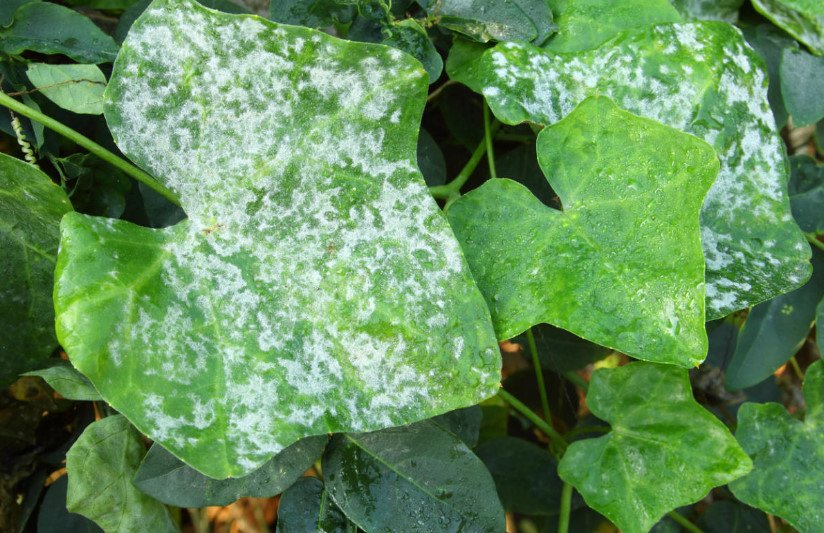
Now about protective measures. To use drugs against powdery mildew or not, everyone decides for himself. It should, however, be warned – if you fundamentally refuse to spray plants, then every year the infection accumulates, plants, especially shrubs, completely lose their decorative effect. In addition, if you spray plants with a massive manifestation of the disease, when the leaves and shoots are all white, you will not restore the decorative and beauty of the leaves, but only suppress the development and spread of spores to other plants.
All drugs approved for use on ornamental crops are recommended for spraying at the first symptoms of the disease, when single white patches appear. With the mass spread of the disease, repeated, eradicating spraying with the same drugs is carried out.
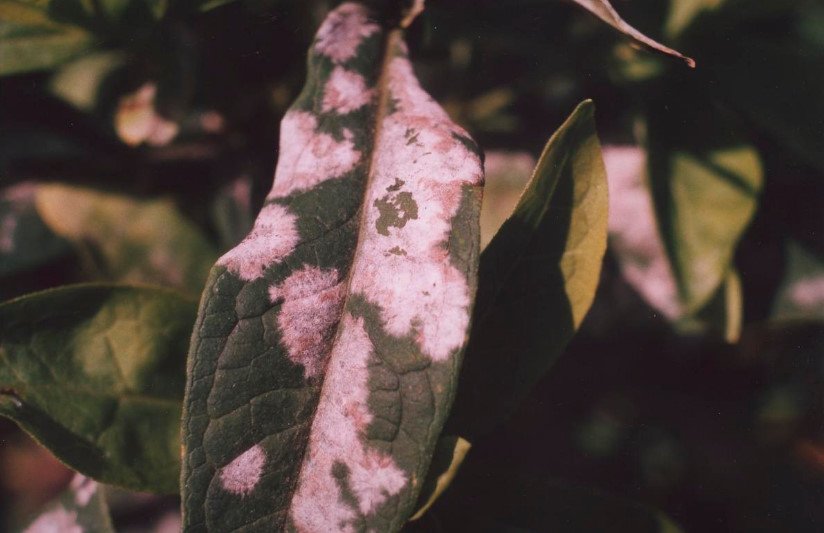
As the best prevention, I would recommend collecting plant residues and pruning severely affected ends of shoots. And when hiding heat-loving crops, you can safely use fallen oak leaves – this is actually not contagious for roses and phlox.
